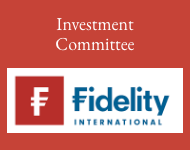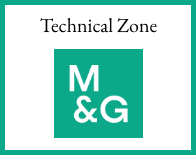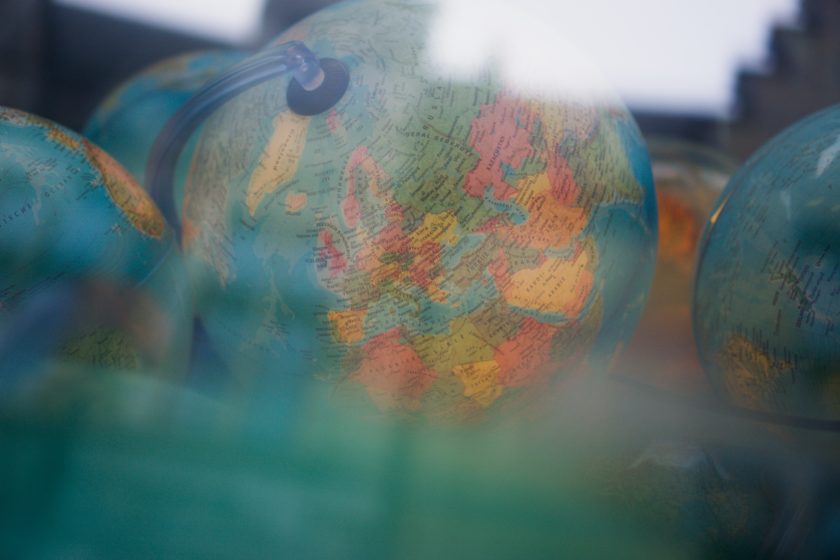Patrick Zweifel, Chief Economist Pictet Asset Management, says globalisation isn’t coming to an end but instead will drive growth for Asia, particularly its emerging economies.
Where does the deglobalisation myth comes from? Bearish commentators fixate on the fact that world trade in goods peaked in 2008. However, they are ignoring two factors.
Firstly, China has internalised more of its manufacturing processes as it has developed. In the past making a consumer electronics good might have involved shuttling it over the border to, say Taiwan, and back, sometimes two or three or more times, now the whole process is carried out within China.
The second oversight is that services exports are growing in importance, but aren’t generally counted in the “globalisation” ledger – global trade in services has nearly doubled since 2008.
Essentially global trade isn’t contracting, it is changing – to the benefit of Asia economies. Emerging Asia now has everything it needs for sustained growth: trade, capital, knowledge and labour.
China alone produces 30% of global manufactured goods, with Asia accounting for 41%, against 34% for G7 economies. Asia’s dominance in manufactured goods is only likely to strengthen further thanks to the close integration of its economies – not least through trade agreements like ASEAN, the Trans-Pacific Partnership and the RCEP.
Further globalisation could be triggered by yet another innovation – artificial intelligence – and China is at the cutting edge of this technology.
Together, Asian countries can ensure their growth is self-sustaining.
Growth potential means that capital will flood in – in 2001, Asia accounted for 10.2% of global capital flows but by 2030 that could grow to 23.6%. Over the same period, we estimate flows into the US will drop from 23.6% to 18.5%.
We estimate that by 2030, Asia, including Japan, will account for 33% of global GDP, from 26% in 2000, while the US’s share will drop from 32% to 20% over the same period.
And as Asia grows in economic importance, it will also take a bigger role in global financial markets. That will mean increasing inclusion in global bond indices.
And it is likely to entail the formation of a de facto renminbi bloc. In 2006, there was broadly zero correlation between the Chinese currency and those of other Asian economies. Lately, that’s risen to 20%. In all, the RMB bloc now makes up a quarter of global GDP, equivalent to the euro zone, and as Asian region integration and development progresses, that proportion is only likely to grow.































